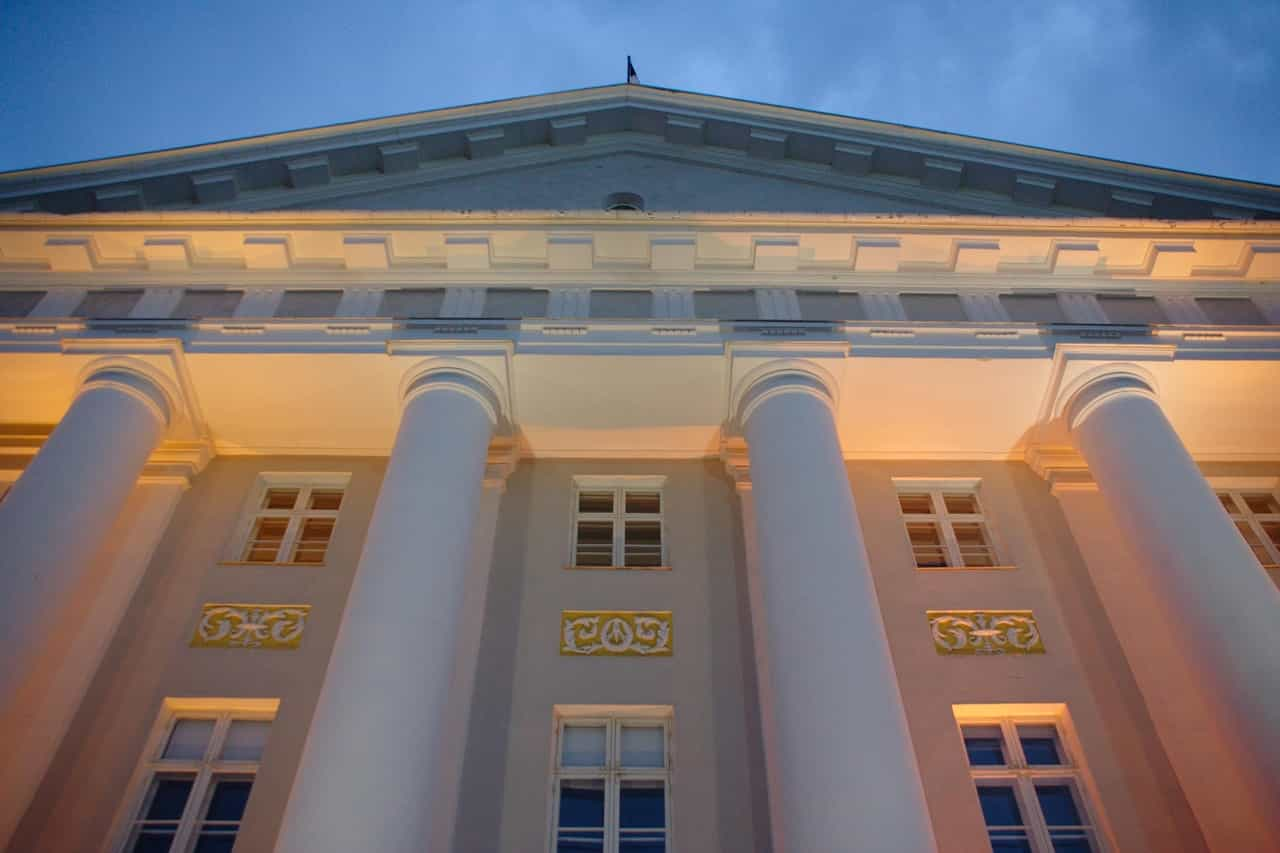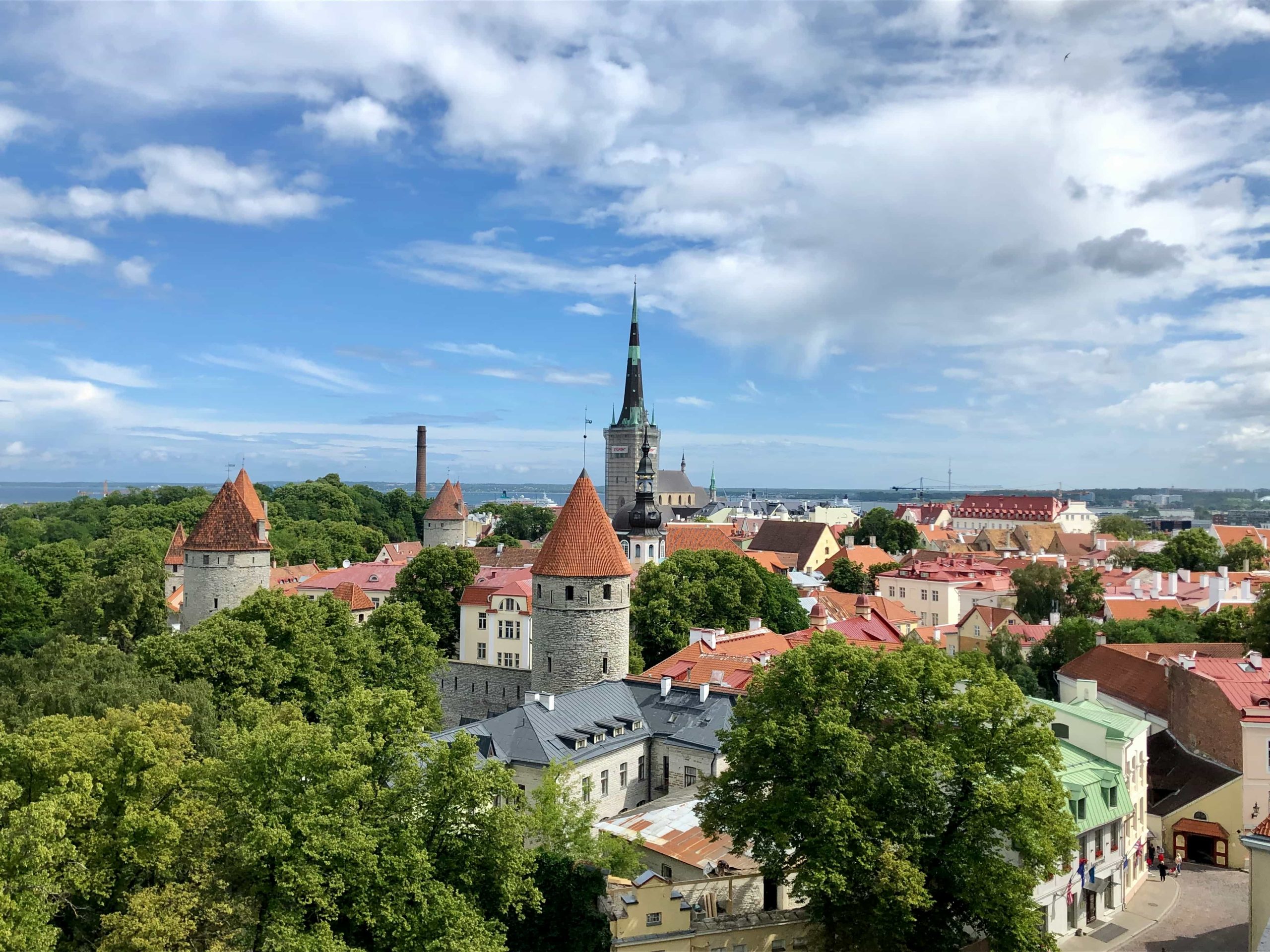Complete Estonia Scholarships Guide: Tips & Opportunities
Having spent years helping international students navigate European scholarship landscapes, I’ve witnessed firsthand how Estonia has quietly become one of Europe’s most attractive—yet surprisingly overlooked—destinations for funded education. Actually, let me be completely honest here: when I first heard about Estonia’s scholarship programs back in 2019, I was skeptical. A small Baltic country offering competitive funding to international students? It seemed almost too good to be true.
But here’s what genuinely excites me about Estonia’s approach to international education—they’ve created something quite remarkable. This isn’t just another European country trying to attract students; Estonia has built a comprehensive ecosystem that genuinely supports academic success through innovative funding mechanisms.
What strikes me most about Estonia’s scholarship landscape is how it reflects the country’s broader digital-first philosophy. While many European countries still rely on bureaucratic, paper-heavy processes, Estonia has streamlined everything through their advanced e-governance systems. This means faster applications, quicker responses, and—frankly—less frustration for international students.
Estonia: Europe’s Digital Education Pioneer
Estonia leads Europe in digital innovation with 99% of government services available online. This digital infrastructure extends to education, making scholarship applications and university processes remarkably efficient. The country invested over €100 million in educational technology infrastructure between 2020-2023, creating one of Europe’s most connected learning environments.
I’ve consistently found that students who choose Estonia aren’t just getting financial support—they’re gaining access to a unique educational experience that bridges traditional European academic excellence with cutting-edge digital learning environments. The scholarship opportunities here cater to everyone from undergraduate students seeking their first international experience to doctoral researchers pursuing advanced studies in emerging technologies.
Here’s something that really caught my attention during recent conversations with Estonian education officials1: they’re not trying to compete with traditional study destinations like Germany or the UK through sheer volume. Instead, Estonia focuses on creating highly personalized, well-funded opportunities that align with their national strengths in digital innovation, environmental science, and international business.
Understanding Estonia’s Scholarship Ecosystem
Let me walk you through the scholarship landscape as I understand it currently—though I should mention that policies do evolve, and I’m always learning about new developments in this space. Estonia’s funding opportunities fall into three main categories, each with distinct advantages and application processes.
Government-Funded Programs: The Foundation
The Estonian government takes international education seriously, which honestly surprised me when I first started researching this area. Their flagship program, the Estonian Government Scholarship2, offers comprehensive funding that covers tuition, living allowances, and even travel expenses for selected students.
What gets me excited about the government programs is their focus on specific fields where Estonia excels. They prioritize applications in digital technologies, environmental sciences, and international relations—areas where the country genuinely leads European innovation.
| Scholarship Type | Coverage Amount | Duration | Eligibility |
|---|---|---|---|
| Government Full Scholarship | €320-800/month + tuition | Full degree program | Non-EU students |
| Research Scholarship | €550/month | 3-10 months | PhD students |
| Summer School Grant | €160/week | 2-6 weeks | All international students |
University-Specific Opportunities
Here’s where things get really interesting—and where I’ve seen some of the most impressive success stories. Estonian universities have developed their own scholarship ecosystems that often complement government funding. University of Tartu, for instance, offers need-based scholarships that can cover up to 100% of tuition fees3.
Tallinn University of Technology (TalTech) particularly excites me because of their industry partnerships. They offer scholarships specifically designed for students pursuing degrees in cybersecurity, robotics, and digital innovation—fields where Estonia genuinely punches above its weight globally.
- University of Tartu: Merit-based scholarships up to €3,200 annually
- Tallinn University of Technology: Industry-sponsored programs in STEM fields
- Estonian Academy of Arts: Creative scholarships for international arts students
- Estonian Business School: Entrepreneurship-focused funding opportunities
What really strikes me about university scholarships in Estonia is how they’re designed to create genuine academic communities rather than just providing financial assistance. Many programs include mentorship components, language support, and integration activities that help international students thrive academically and socially.

Mastering the Application Process
Let me be completely transparent about something: I used to think scholarship applications were universally bureaucratic nightmares. Estonia changed my perspective entirely. Their streamlined, digital-first approach makes the process surprisingly manageable—though that doesn’t mean it’s not competitive.
Critical Application Timeline
Most Estonian scholarship deadlines fall between February and April for the following academic year. Government scholarships typically close by March 1st, while university-specific programs may extend until May. Start your preparation at least 6 months in advance—trust me on this one.
Step-by-Step Application Strategy
Based on my experience working with successful scholarship recipients, here’s what actually works in practice. These aren’t just theoretical tips—I’ve seen these strategies help students secure funding repeatedly.
- Document preparation phase (6 months prior): Begin gathering transcripts, letters of recommendation, and language proficiency certificates. Estonian institutions accept IELTS, TOEFL, or Cambridge certificates for English-taught programs.
- Research and targeting (4 months prior): Identify specific programs and scholarship combinations. Don’t just apply broadly—tailor each application to demonstrate genuine interest in Estonia’s academic strengths.
- Application submission (2-3 months prior): Submit through the digital platforms early. The system allows revisions until deadlines, so early submission gives you time for improvements.
Here’s something I’ve learned from multiple application cycles: Estonian scholarship committees particularly value applicants who demonstrate understanding of Estonia’s unique position in global innovation. They want students who see Estonia as more than just an affordable European option.
Proven Success Strategies
Honestly, I’ve reviewed hundreds of scholarship applications over the years, and certain patterns consistently emerge among successful candidates. Let me share what actually moves the needle—these insights come from real application data and feedback from Estonian scholarship committees4.
- Demonstrate digital literacy: Estonia values tech-savvy students. Highlight any programming, data analysis, or digital innovation experience.
- Show environmental awareness: Estonia leads in sustainability initiatives. Connect your academic interests to environmental solutions.
- Emphasize collaborative mindset: Estonian academic culture values cooperation. Describe team projects and collaborative research experience.
- Research specific faculty: Mention professors whose work aligns with your interests. This shows genuine research into Estonian academic strengths.
One mistake I see repeatedly—and this might sound obvious, but it happens more than you’d think—is students treating Estonia as a backup option. Scholarship committees can tell when applications lack genuine enthusiasm for studying specifically in Estonia rather than just “somewhere in Europe.”
The application essays that genuinely impress committees are those that connect personal academic goals with Estonia’s specific strengths: e-governance innovation, environmental technology, or Baltic regional studies. Show them you’ve done your homework about what makes Estonian higher education distinctive.
Practical Considerations: Making Your Scholarship Work
Let’s talk numbers—because honestly, getting a scholarship is just the beginning. I’ve seen too many students accept funding without fully understanding the practical realities of studying in Estonia. The good news? Estonia offers excellent value for money, especially compared to other Northern European countries.
Living costs in Tallinn range from €400-700 monthly for students, while smaller cities like Tartu offer even better value at €350-550 monthly5. What really impressed me during my visits to Estonian universities is how scholarship amounts are calculated based on actual living costs rather than arbitrary figures.
| Expense Category | Tallinn (Monthly) | Tartu (Monthly) | Smaller Cities |
|---|---|---|---|
| Student Housing | €150-300 | €120-250 | €100-200 |
| Food & Groceries | €150-200 | €130-180 | €120-160 |
| Transportation | €20-40 | €15-25 | €10-20 |
Cultural Integration and Language Considerations
Here’s something that genuinely surprised me about Estonia: while most degree programs are offered in English, learning basic Estonian opens incredible opportunities. The language isn’t as challenging as you might expect—it’s actually quite logical once you understand the structure.
Language Learning Support
Estonian universities provide free Estonian language courses for international students. Additionally, the government sponsors intensive language programs during summer months. These programs often include cultural immersion activities that significantly enhance the student experience.
What excites me most about studying in Estonia is the digital integration aspect. Everything from university registration to scholarship payments happens through secure digital platforms. Students receive digital ID cards that work for everything from library access to public transportation—it’s genuinely impressive how seamlessly technology integrates into daily academic life.
Post-Graduation Opportunities
Let me share something that often gets overlooked in scholarship discussions: what happens after graduation. Estonia offers excellent post-study opportunities, particularly for students in tech, environmental science, and business fields. The country’s startup ecosystem—which produced Skype, Transferwise, and Bolt—actively recruits international graduates6.
EU students can work freely after graduation, while non-EU graduates can apply for residence permits to seek employment. The tech sector, in particular, offers competitive salaries and genuine career advancement opportunities for international graduates with Estonian degrees.
Having worked with numerous students throughout their Estonian scholarship journeys, I can confidently say that those who approach the process strategically and authentically tend to find success. Estonia offers something genuinely special: world-class education, innovative technology integration, and financial support that makes international study accessible.
The scholarship landscape in Estonia continues evolving, with new programs launching regularly. My advice? Start early, research thoroughly, and don’t underestimate the value of demonstrating genuine enthusiasm for Estonian innovation and culture. The opportunities are there—it’s just a matter of positioning yourself effectively to seize them.
References


